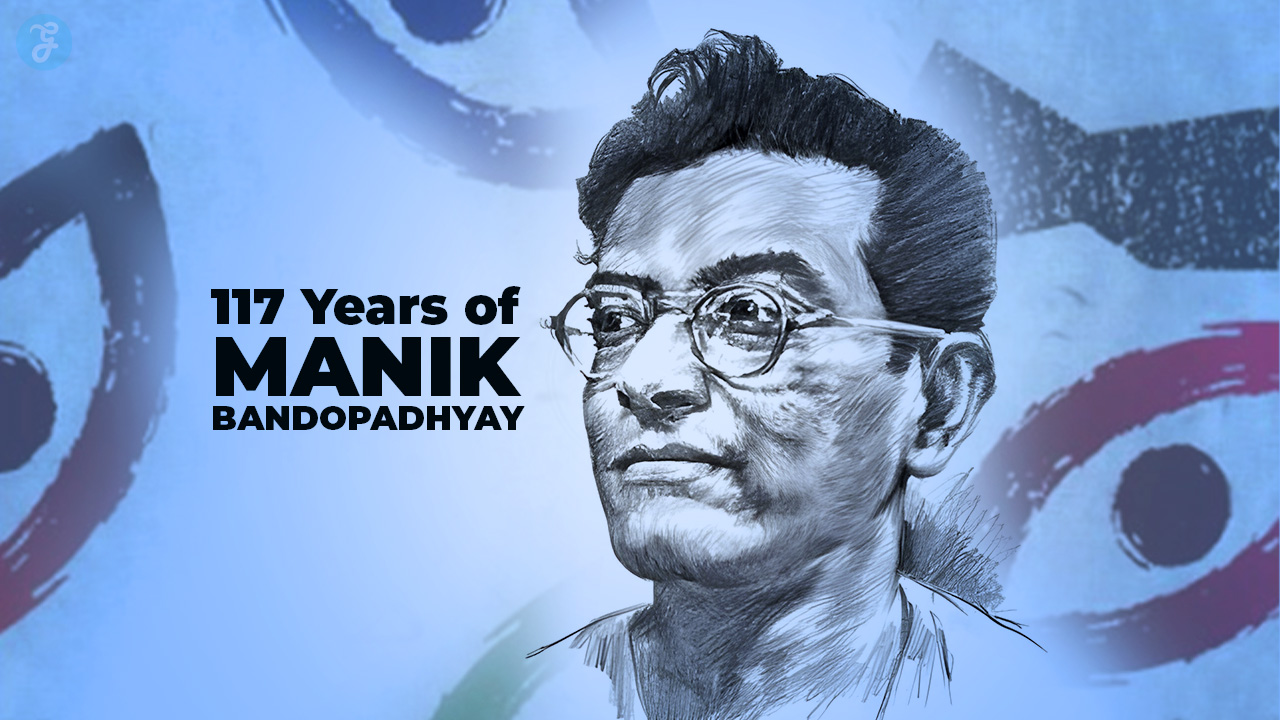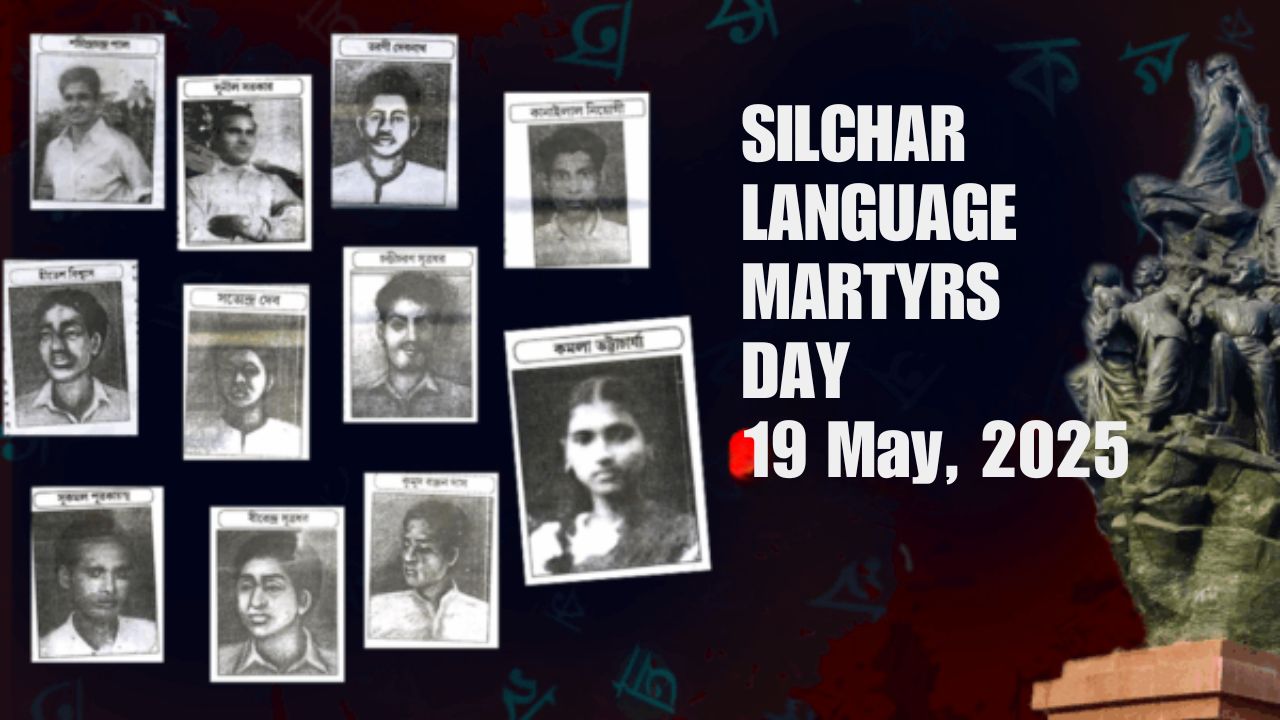On May 19, 2025, we mark the 117th birth anniversary of Manik Bandopadhyay, one of the most fearless and visionary voices in Bengali literature. Born in 1908 in Dumka, Manik defied not only literary conventions but also societal boundaries, using fiction as a powerful lens to examine class conflict, human psychology, and existential despair.
In a career that spanned less than three decades, he wrote over 34 novels and 250 short stories—each bearing witness to a restless, questioning mind ahead of its time.
But was he truly ahead of his time—or merely a product of his turbulent era? At a moment when artificial intelligence, mental health awareness, and social justice dominate global discourse, revisiting Manik’s themes feels eerily prescient. His characters—haunted, broken, marginalized—mirror today’s fragmented world.
In this article, we explore why Manik Bandopadhyay’s works transcend his era, how his bold narratives challenged norms, and why his voice remains startlingly relevant even in 2025.
117th Birth Anniversary of Manik Bandopadhyay: A Literary Revolutionary
Manik Bandopadhyay, born Prabodh Kumar Bandopadhyay, came from a middle-class Bengali Brahmin family with modest means and big dreams. He enrolled in Presidency College, Kolkata, to study mathematics—an academic path he soon abandoned as literature took hold of his soul.
The transition was not just academic; it was spiritual. Writing became his rebellion against a world that never stopped tightening its grip on the poor and powerless.
Despite his rising literary fame, Manik led a life marked by hardship. He suffered from epilepsy, endured frequent health crises, and faced persistent financial struggles. Yet, it was through this crucible of suffering that he forged a body of work that laid bare the raw truths of human existence. His pen became a scalpel—cutting into the psyche, class structures, and hypocrisies of society.
His early story Atasimami (1928) signaled the arrival of a radical new voice in Bengali fiction. What followed wasn’t just a career in literature—it was a movement that defied romanticism and forced readers to confront the world as it really was.
Literary Themes That Still Resonate Today
Even a century later, Manik Bandopadhyay’s themes feel startlingly modern, as if they were crafted not for 20th-century Bengal, but for today’s globally connected, crisis-ridden world. His exploration of poverty, exploitation, mental illness, and social alienation speaks to problems that still dominate headlines in 2025.
Class Struggle and Economic Despair
From Padma Nadir Majhi to Janani, Manik gave voice to the working class, laborers, and fishermen who lived and died unnoticed. His characters struggled not just against nature but against unseen economic systems that chewed them up and spat them out.
These same struggles echo today in discussions around gig economy exploitation, economic inequality, and migration. His writing feels as urgent in an age of inflation, displacement, and digital job insecurity as it did during British colonial rule.
Psychological Realism Before Freud Hit Bengal
Long before Freud’s theories gained mainstream acceptance in India, Manik delved into the labyrinth of the human mind. Stories like Sarishrip and Pragoitihasik explore suppressed instincts, dreams, fears, and unconscious impulses. He dissected not only societal injustice but also internal turmoil, making him a pioneer of psychological fiction in Bengali literature.
His characters are often tormented by desires they can’t name—an approach that aligns with modern trauma-informed storytelling and psychoanalysis.
In a world increasingly aware of mental health, Manik’s insights into emotional isolation and inner disintegration feel ahead of their time—both bold and eerily prophetic.
Breaking Norms: Gender, Identity, and Social Commentary
At a time when most literature portrayed women as either self-sacrificing mothers or romantic ideals, Manik Bandopadhyay dared to show them as fully human—complex, conflicted, and flawed. In novels like Putul Nacher Itikatha and Janani, he crafted female characters who struggled not only against poverty and patriarchy but also their own inner contradictions.
In Putul Nacher Itikatha, the protagonist Shashi isn’t just a passive victim—she becomes a symbol of modern alienation, a puppet in a society that robs individuals of agency.
Meanwhile, in Janani, motherhood is not glorified—it is examined as a burden, a biological trap, and a source of both strength and suffering. For Manik, women were not metaphors; they were individuals, shaped by social structures yet resisting in their own ways.
His portrayal of sexuality, desire, and identity went beyond accepted norms. He explored taboo topics such as extramarital relationships, sexual frustration, and the suppressed emotions of both men and women. These were narratives Bengal wasn’t ready for—but needed.
Was Manik Bandopadhyay unintentionally feminist? Perhaps not by modern definitions—but his refusal to flatten female characters into stereotypes makes his work resonate strongly with contemporary gender discourse. His stories continue to challenge how we see identity, autonomy, and social expectation—just as much today as they did nearly a century ago.
Manik and Modernism: A Hidden Parallel
Though rarely labeled alongside global literary giants like James Joyce, Franz Kafka, or William Faulkner, Manik Bandopadhyay’s writing bears striking similarities to modernist fiction. His works dismantled traditional narrative structures, focusing not on plot but on consciousness, alienation, and fragmentation—hallmarks of literary modernism.
In stories like Dibaratrir Kabya and Shilpi, Manik focused less on external action and more on introspective character analysis, often delving into themes of futility, isolation, and absurdity. He experimented with perspective, symbolism, and stream-of-consciousness narration at a time when Bengali literature was still largely realist or romantic.
What sets Manik apart is that he achieved this modernist depth without direct exposure to the Western modernist canon. His originality stemmed from observing the social and psychological realities of colonial Bengal—not from mimicking foreign literary trends. And yet, his work unintentionally aligns with the era’s broader literary movement, which questioned established norms, values, and even language itself.
In today’s globalized literary environment, revisiting Manik through a modernist lens reveals how progressive and experimental he truly was. He was not only responding to his environment—he was, in many ways, reshaping literary expectations, just as the modernists did worldwide.
Manik Bandopadhyay in the Age of Artificial Intelligence
In an age where artificial intelligence is reshaping work, identity, and even creativity, Manik Bandopadhyay’s themes feel strangely prophetic. Though he lived in the early 20th century, his obsession with dehumanization, labor alienation, and the mechanization of human lives echoes powerfully in today’s AI-driven world.
Would Manik have written about AI? Possibly not in literal terms—but thematically, yes. His characters often fought invisible forces—social norms, capital, and inner demons. That is the same fight we see now, as society grapples with questions like, what does it mean to be human when machines can think, create, and replace?
His Marxist critiques of capitalism and obsession with the individual’s erasure within powerful systems make him uncannily relevant in 2025. In this context, Manik is more than a literary figure—he is a philosopher of powerlessness, a voice we still need in the digital age.
Adaptations and Legacy in Popular Culture
Though Manik Bandopadhyay passed away in 1956, his literary legacy continues to thrive in both scholarly circles and popular culture. Over the decades, his stories have transcended the printed page, finding new life on screen, stage, and even in academic discourse across the globe.
The 1992 Indo-Bangladeshi film Padma Nadir Majhi, directed by Goutam Ghose, brought his masterpiece to a global audience. With its stark realism and moving portrayal of riverine poverty, the film was widely acclaimed and cemented Manik’s status as a cinematic storyteller.
More recently, the 2023 film Mayar Jonjal, based on two of his short stories, introduced a new generation to his moral complexity and psychological insight.
Beyond cinema, Manik’s influence is seen in the works of Bengali writers like Samaresh Basu, Mahasweta Devi, and Shirshendu Mukhopadhyay, who carried forward his bold narrative style and sociopolitical themes. His novels and stories are now translated into multiple languages, taught in university syllabi, and discussed in the context of global Marxist and feminist literature.
His relevance today isn’t nostalgic—it’s enduring. Manik Bandopadhyay didn’t just write literature; he left behind a lens through which we continue to view and challenge society.
Takeaways: Was He Ahead of His Time?
So, was Manik Bandopadhyay truly ahead of his time? The answer is not just yes—it’s undeniably yes. In his short but prolific life, he wrote with a fire that scorched through the romanticism of his contemporaries and carved a new path for Bengali fiction—one rooted in truth, struggle, and psychological depth.
Manik dissected poverty not with pity but with political clarity. He portrayed mental illness and inner turmoil before the language of trauma became mainstream. He gave space to flawed, suffering women in a world that preferred them perfect. And he unflinchingly questioned systems that made humans feel disposable.
Even today, as we confront economic precarity, AI’s rise, gender politics, and global unrest, his words echo louder than many modern writers. He was not simply reflecting his times—he was warning us about our own.
On his 117th birth anniversary, it is not enough to remember Manik Bandopadhyay. We must read him, understand him, and, most importantly, listen to him. Because even now, decades later, he is still writing to us from the future.








































